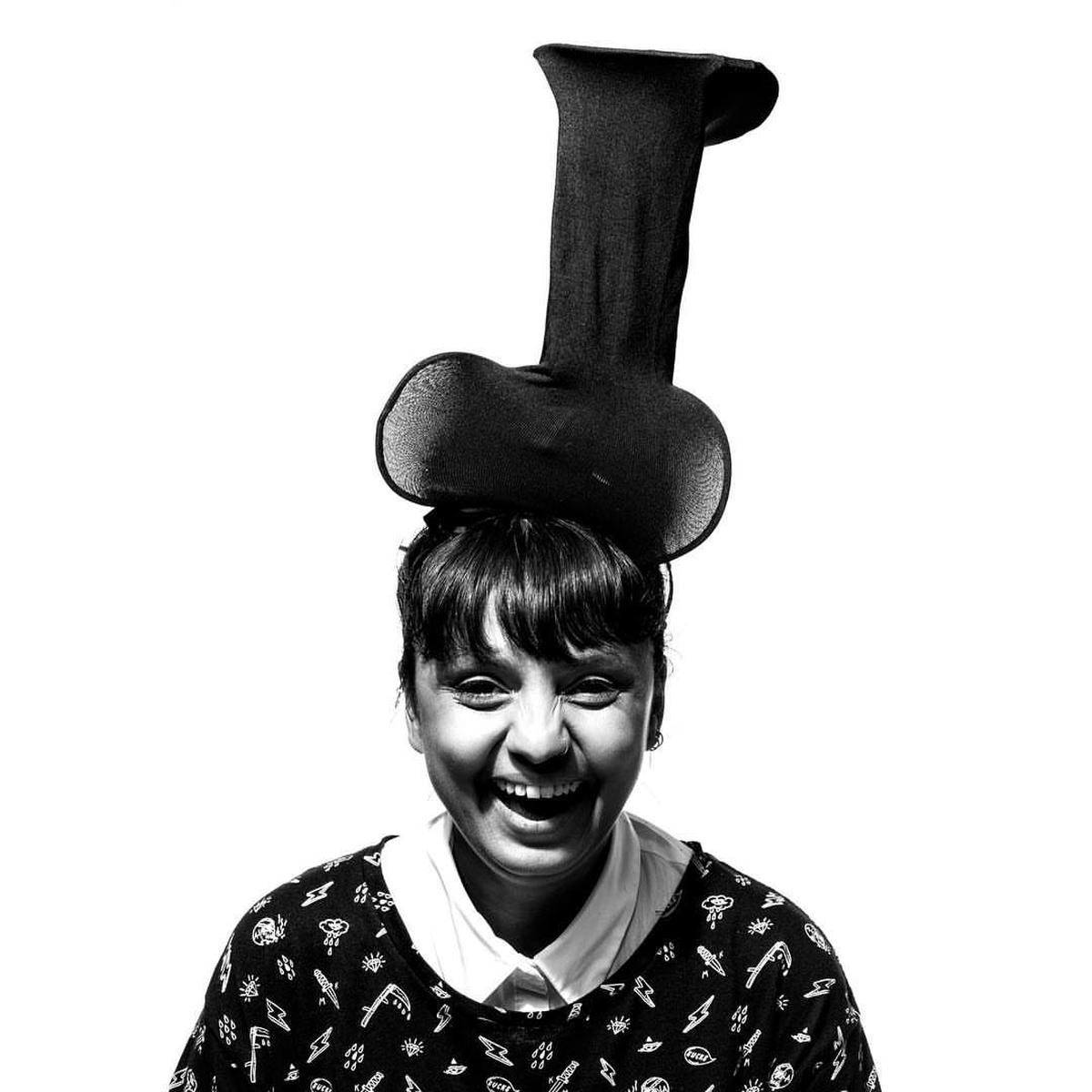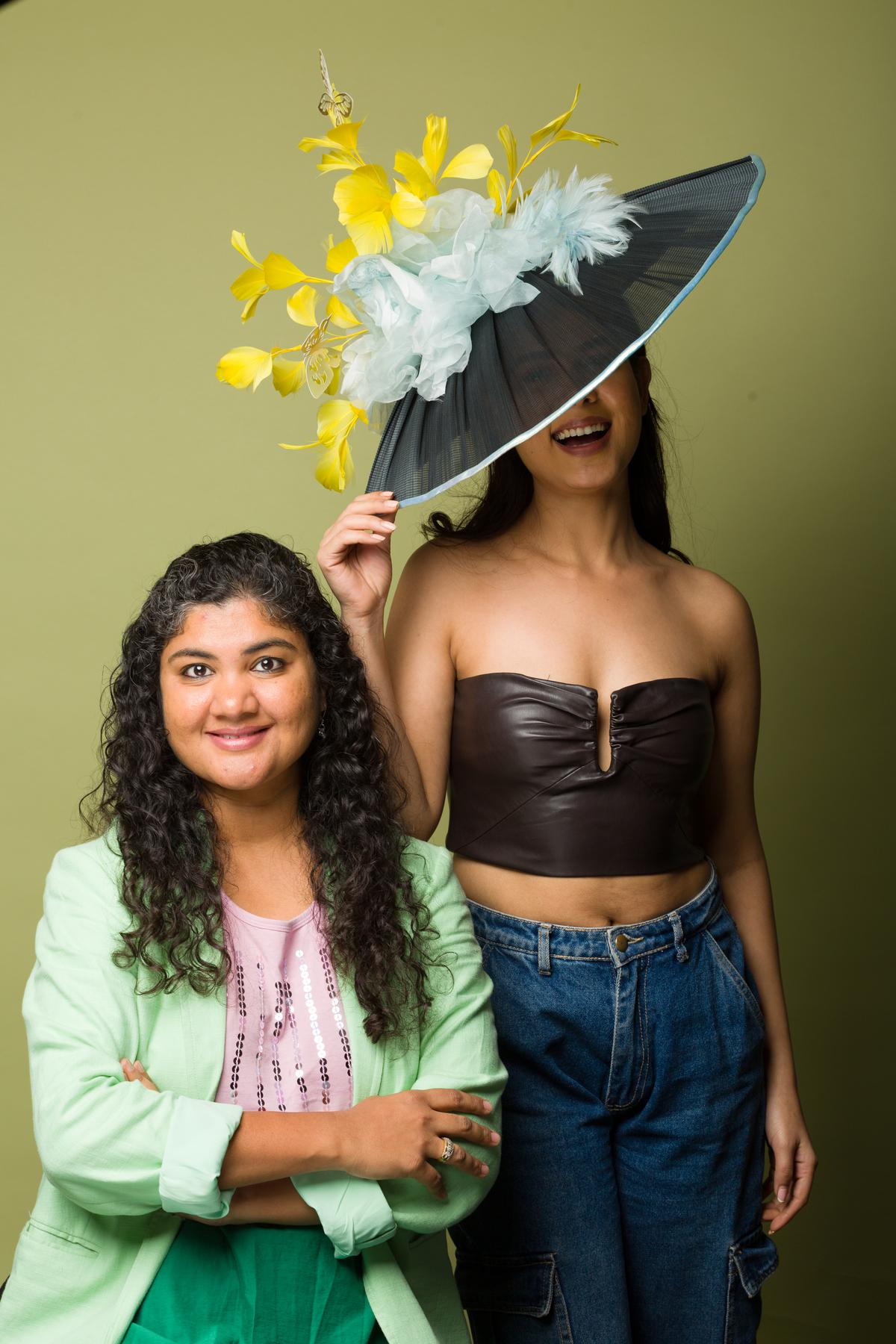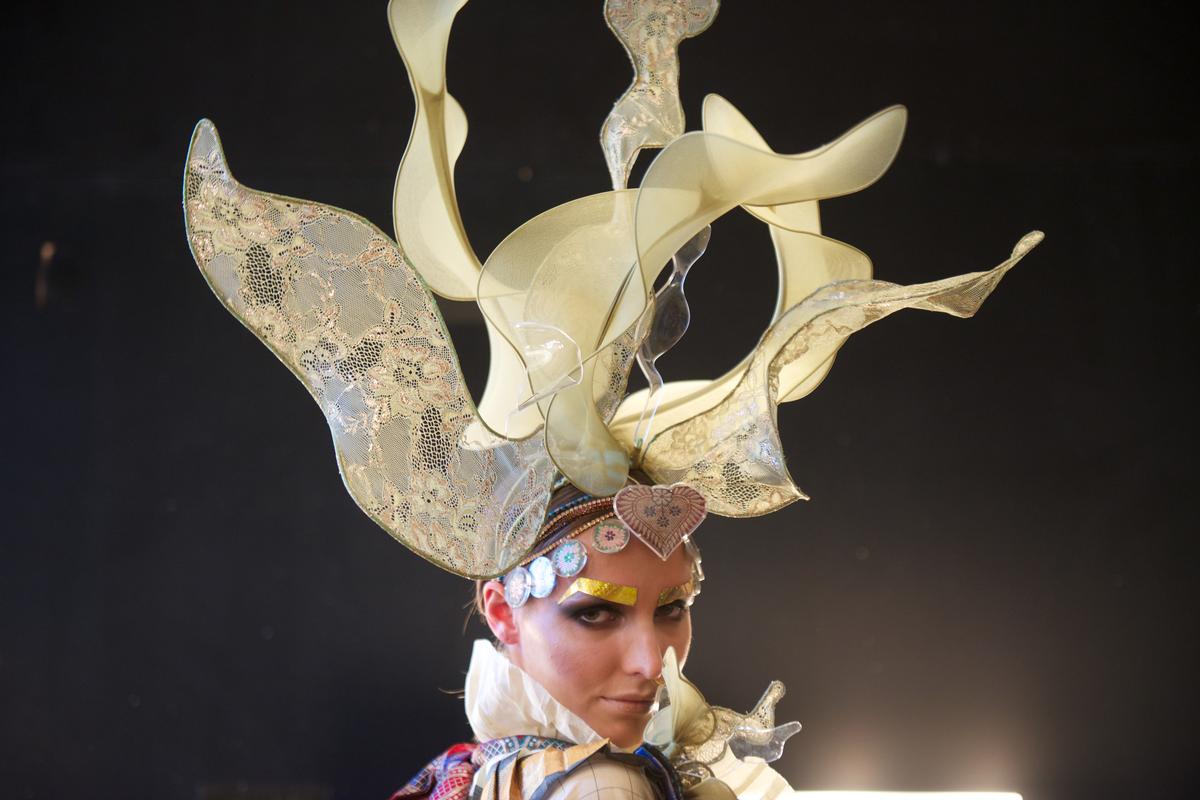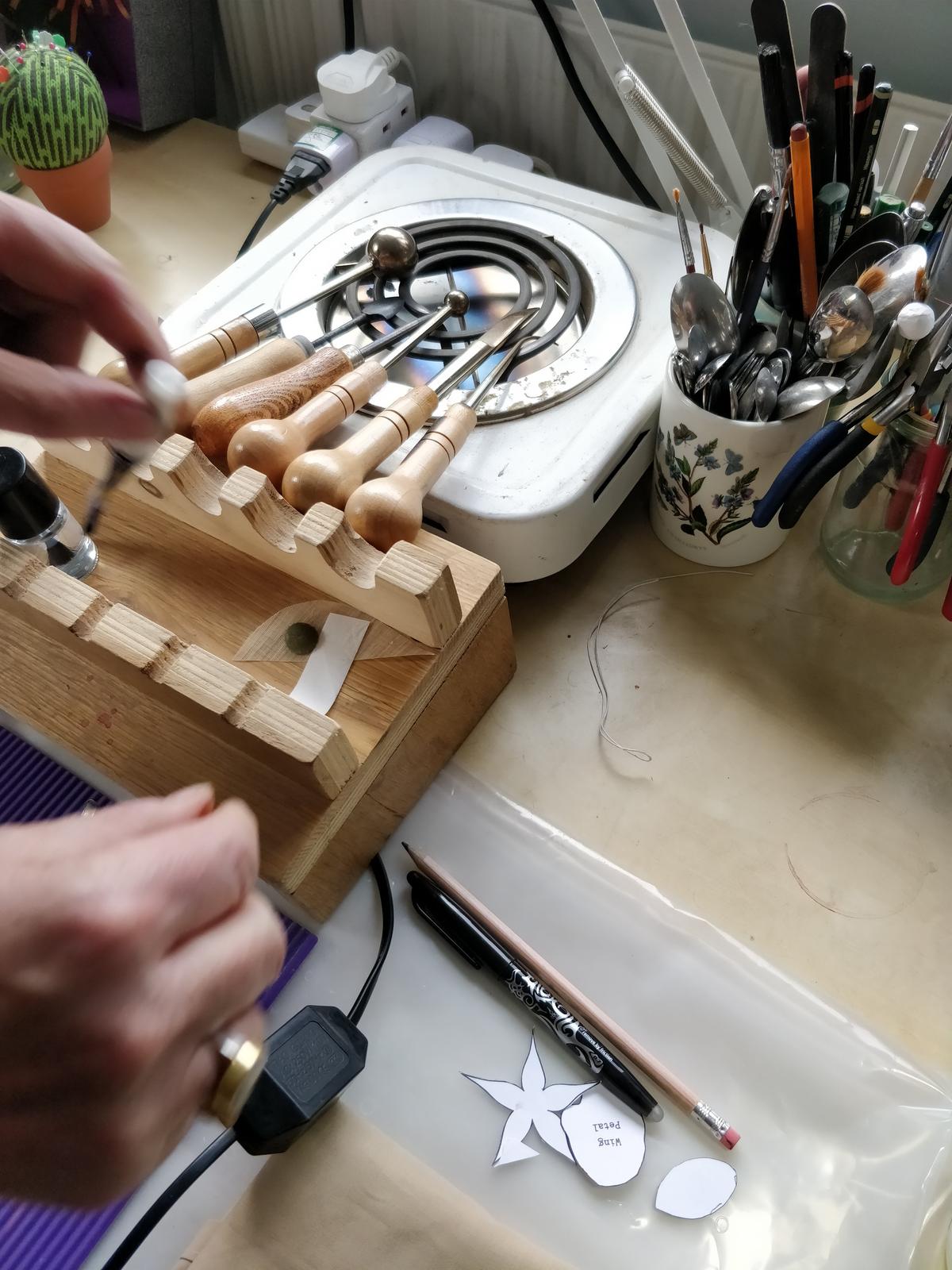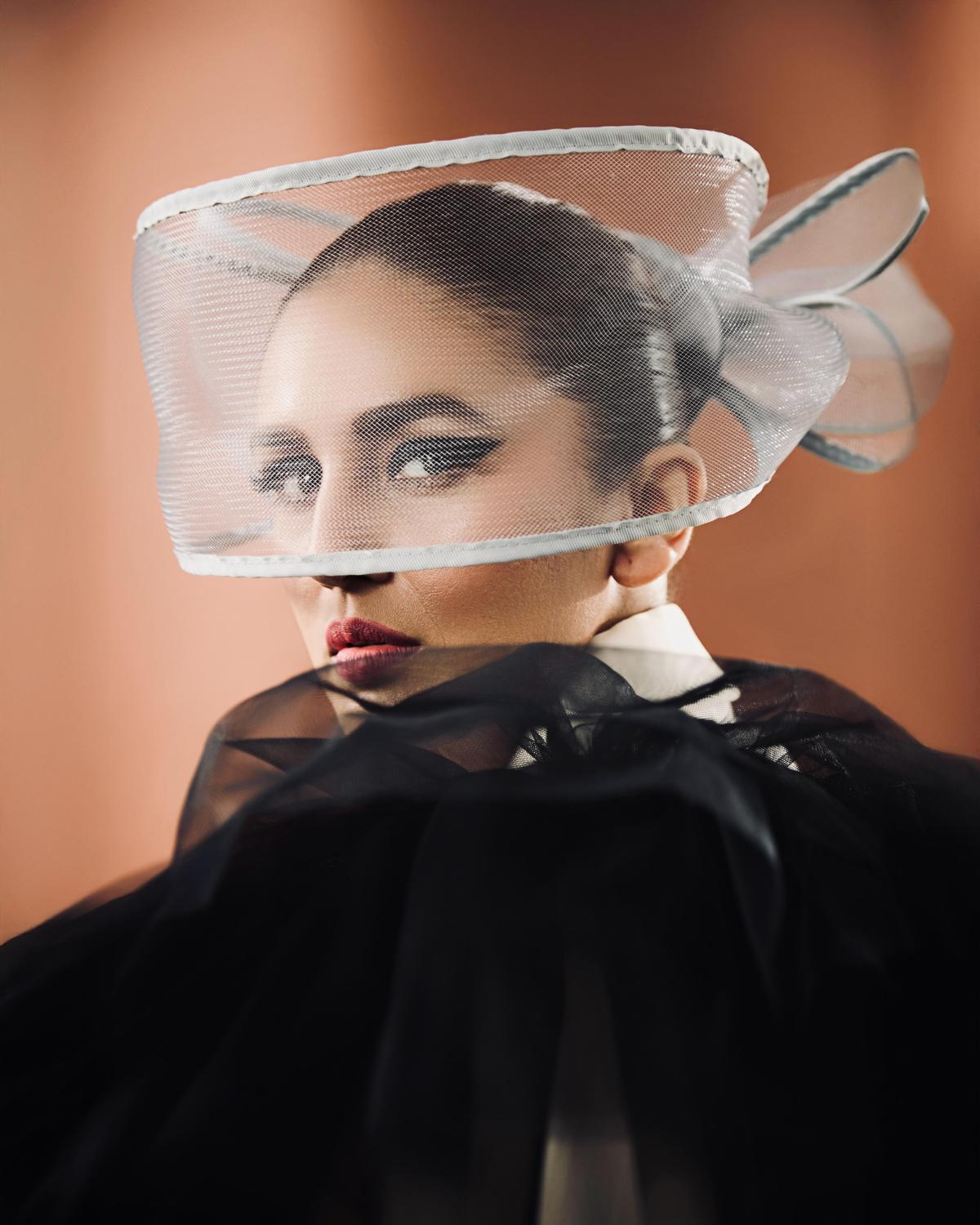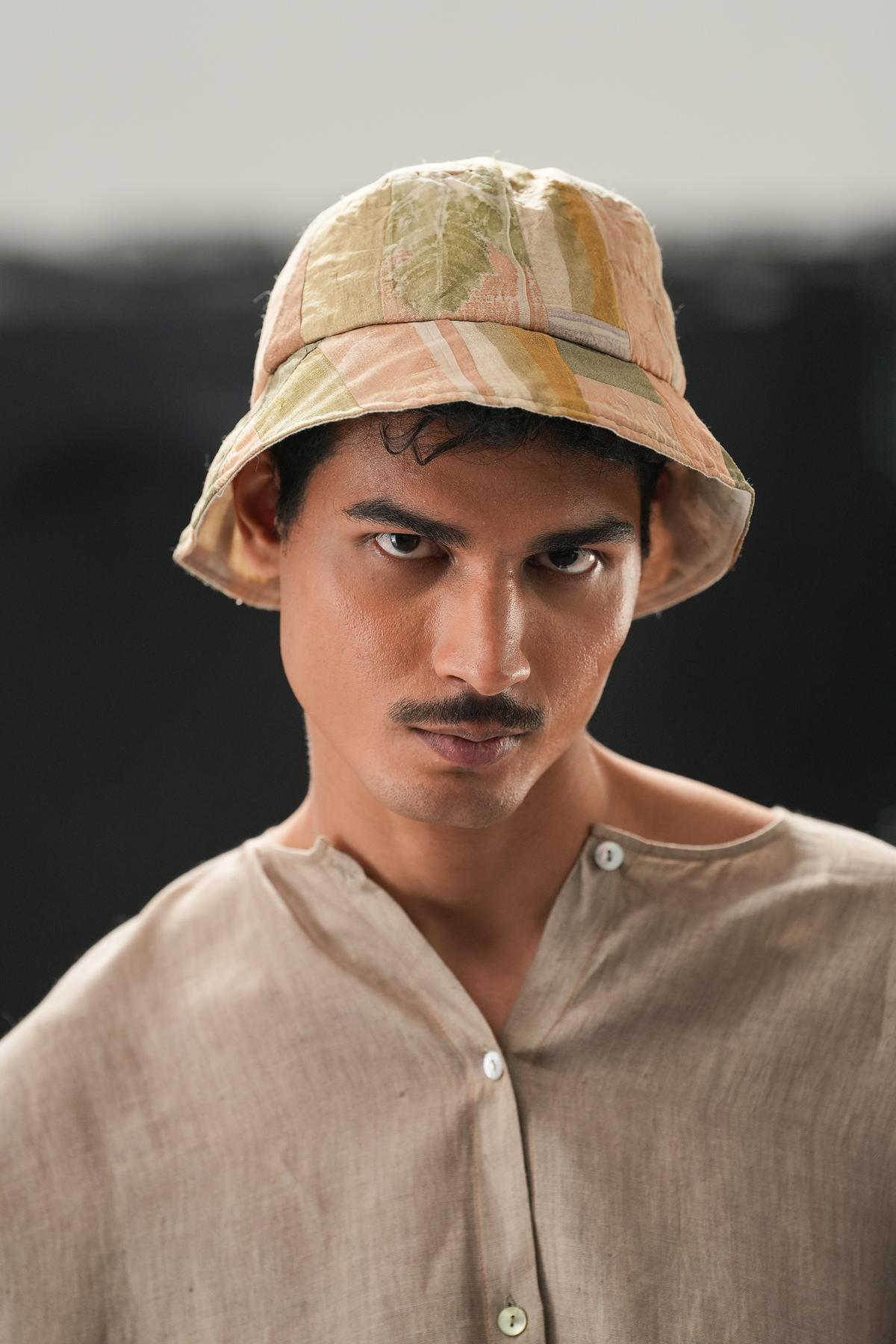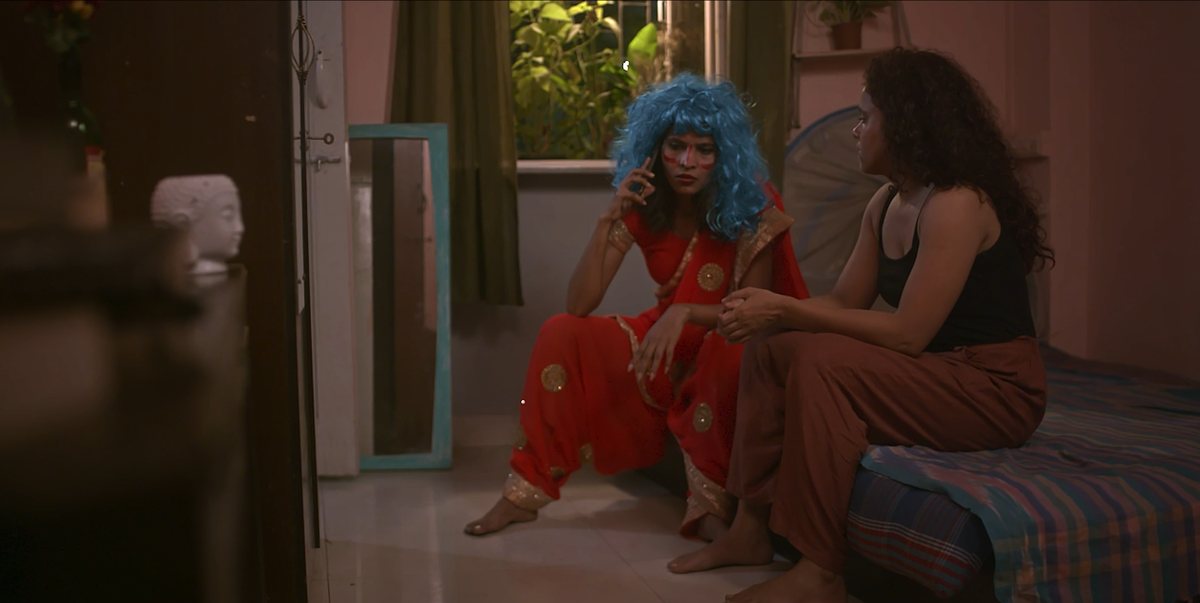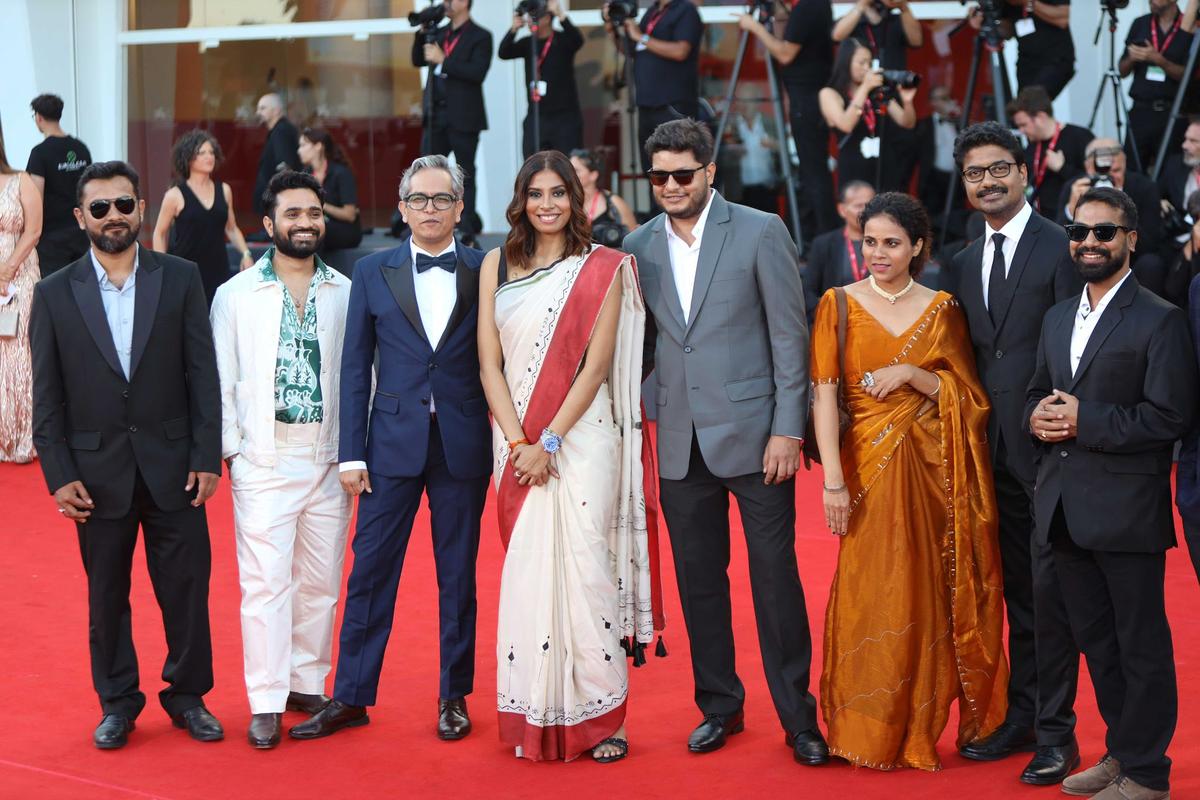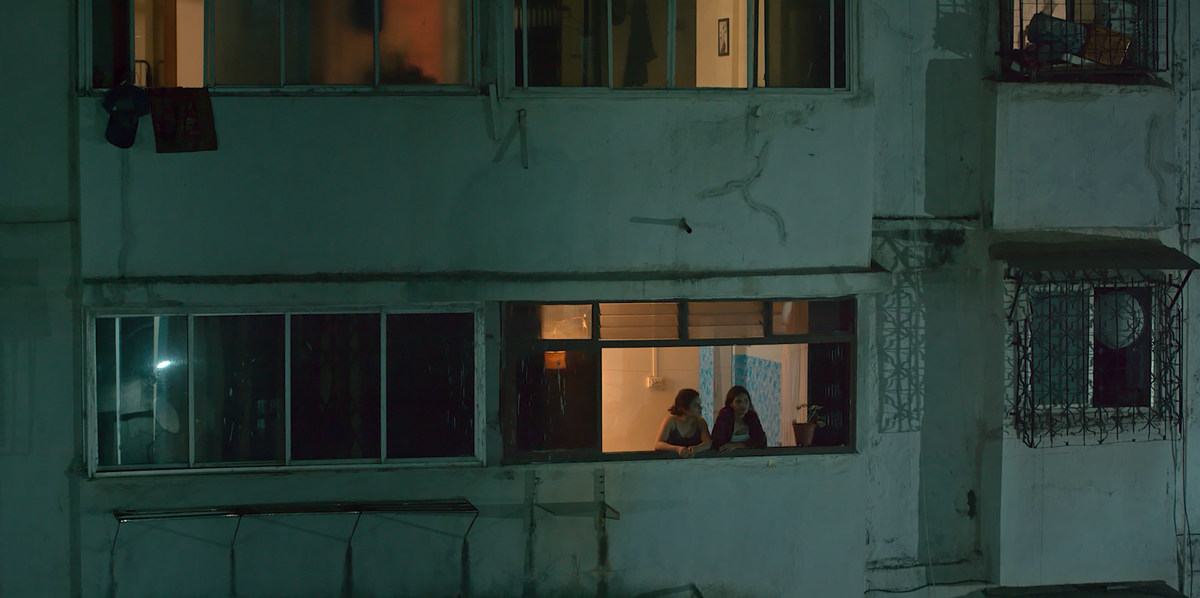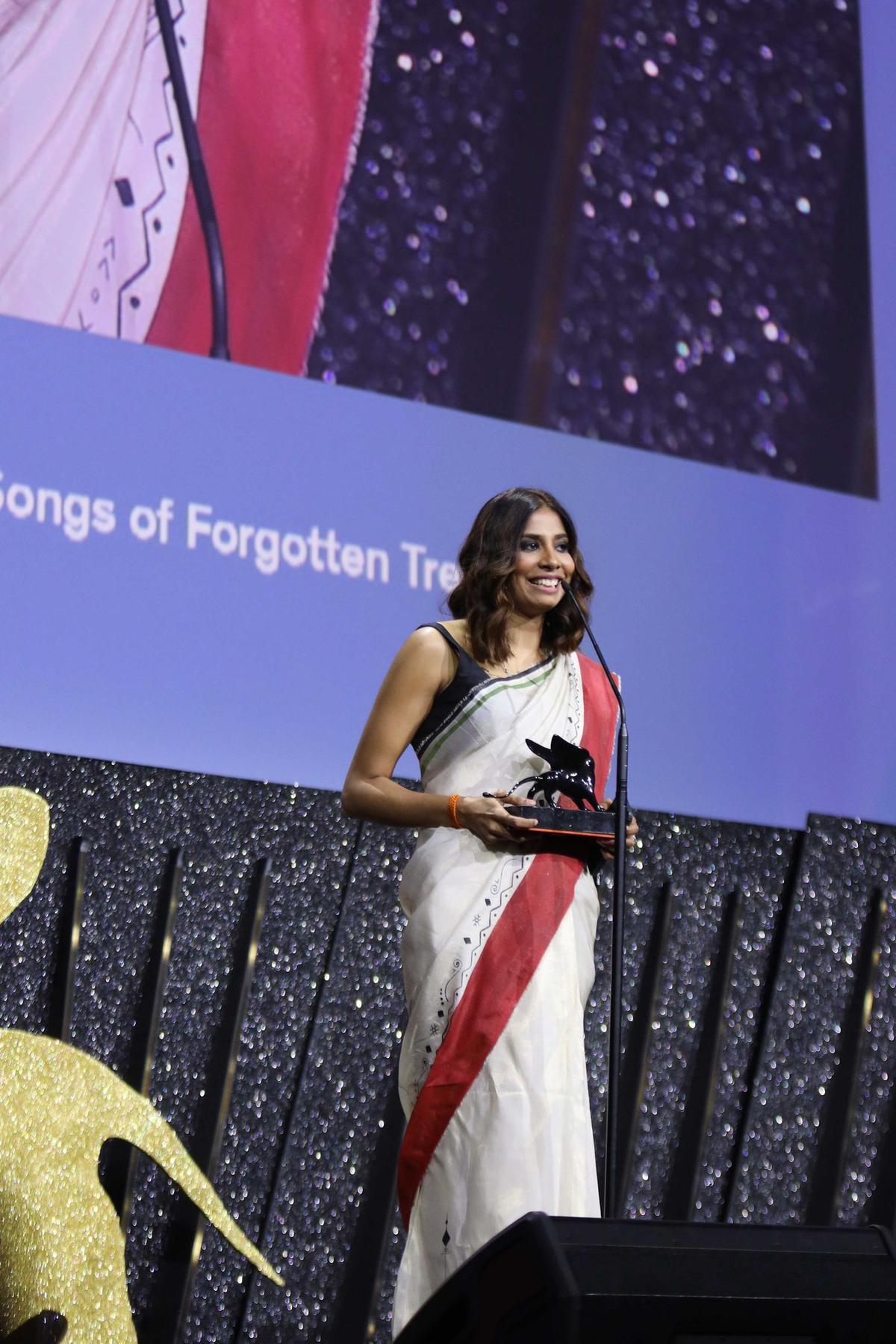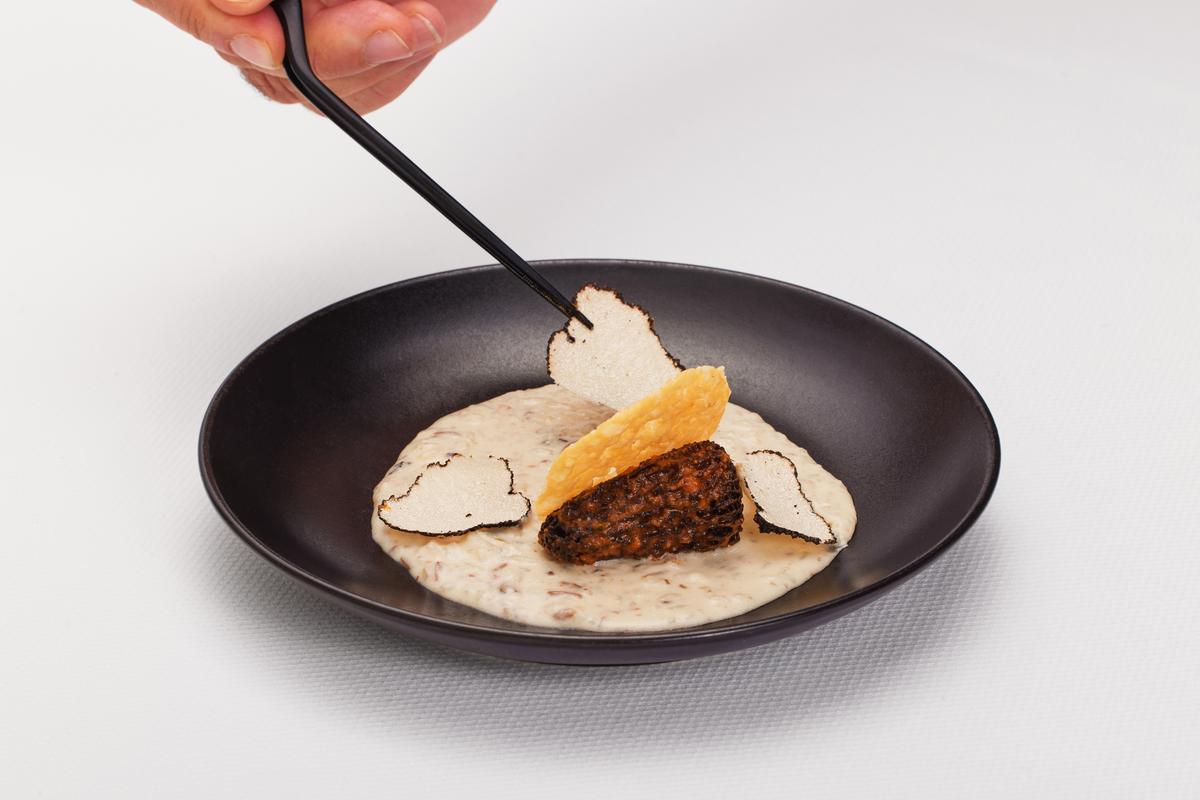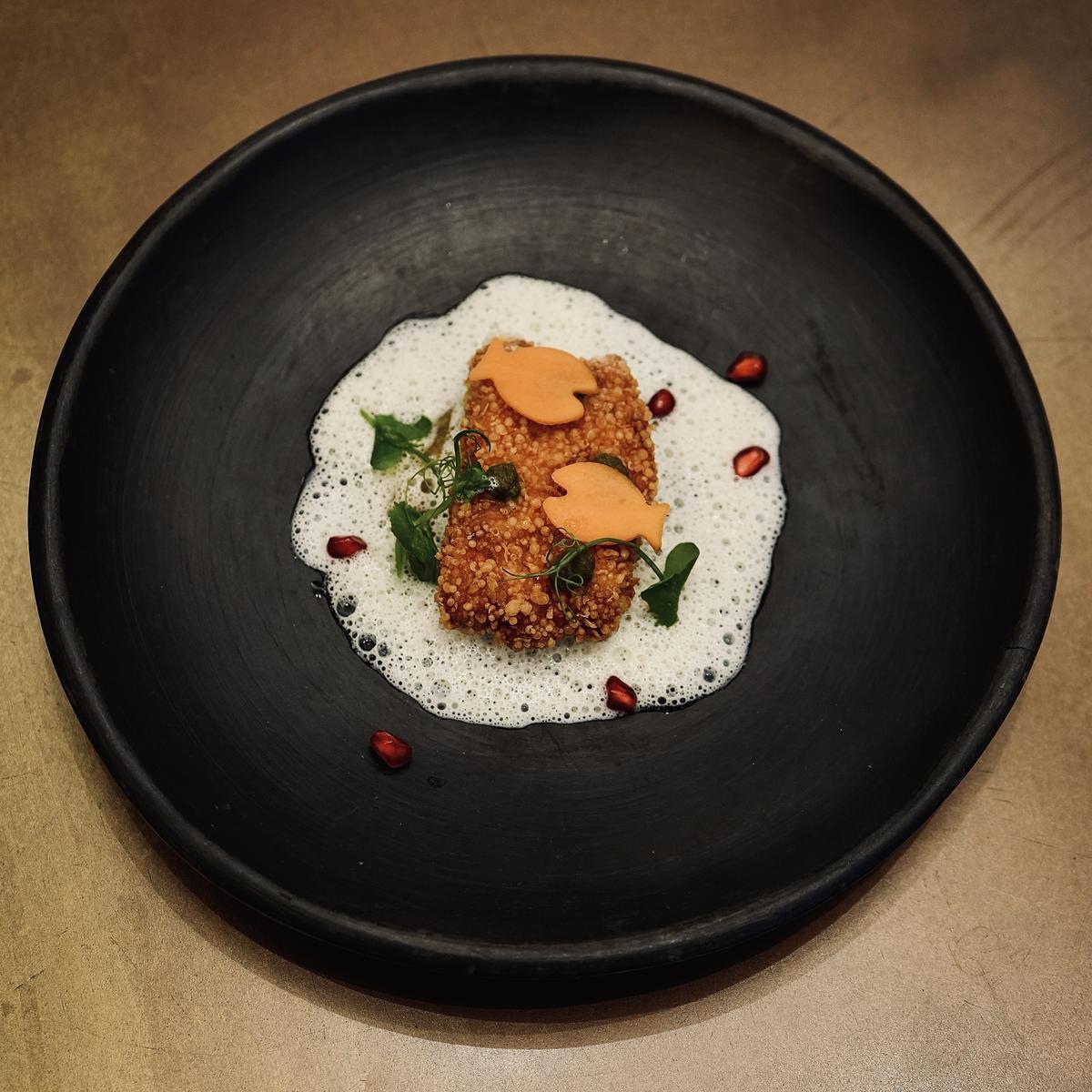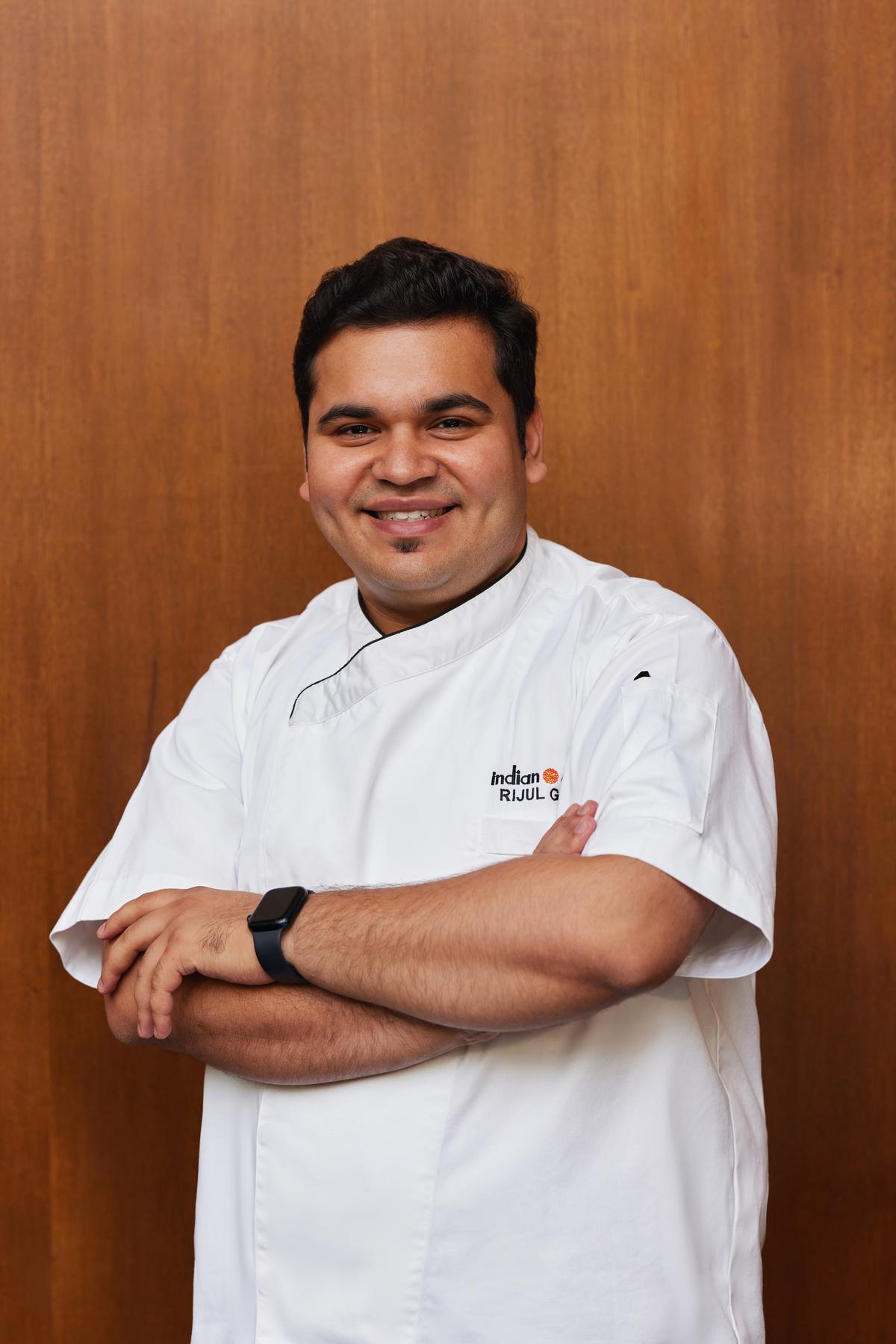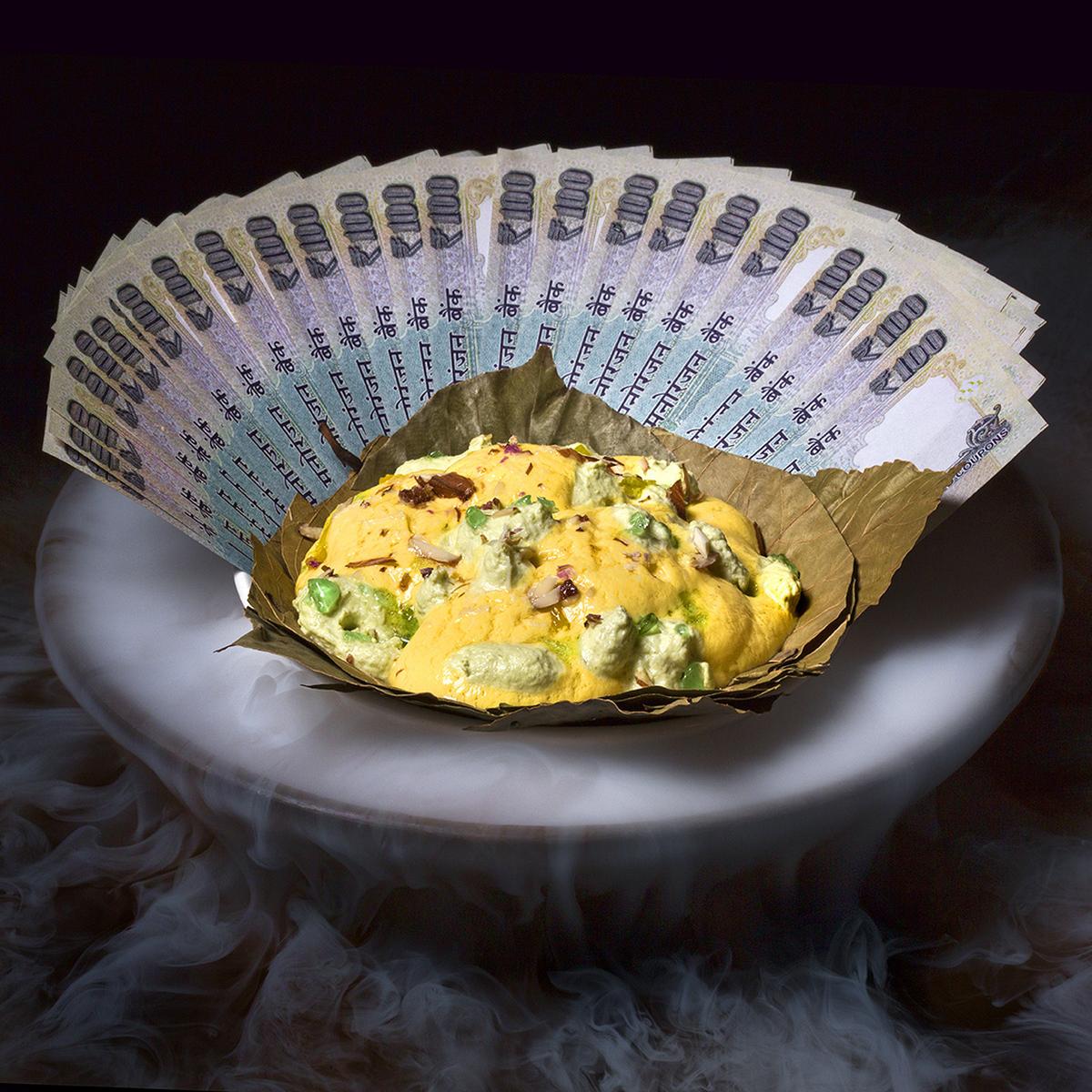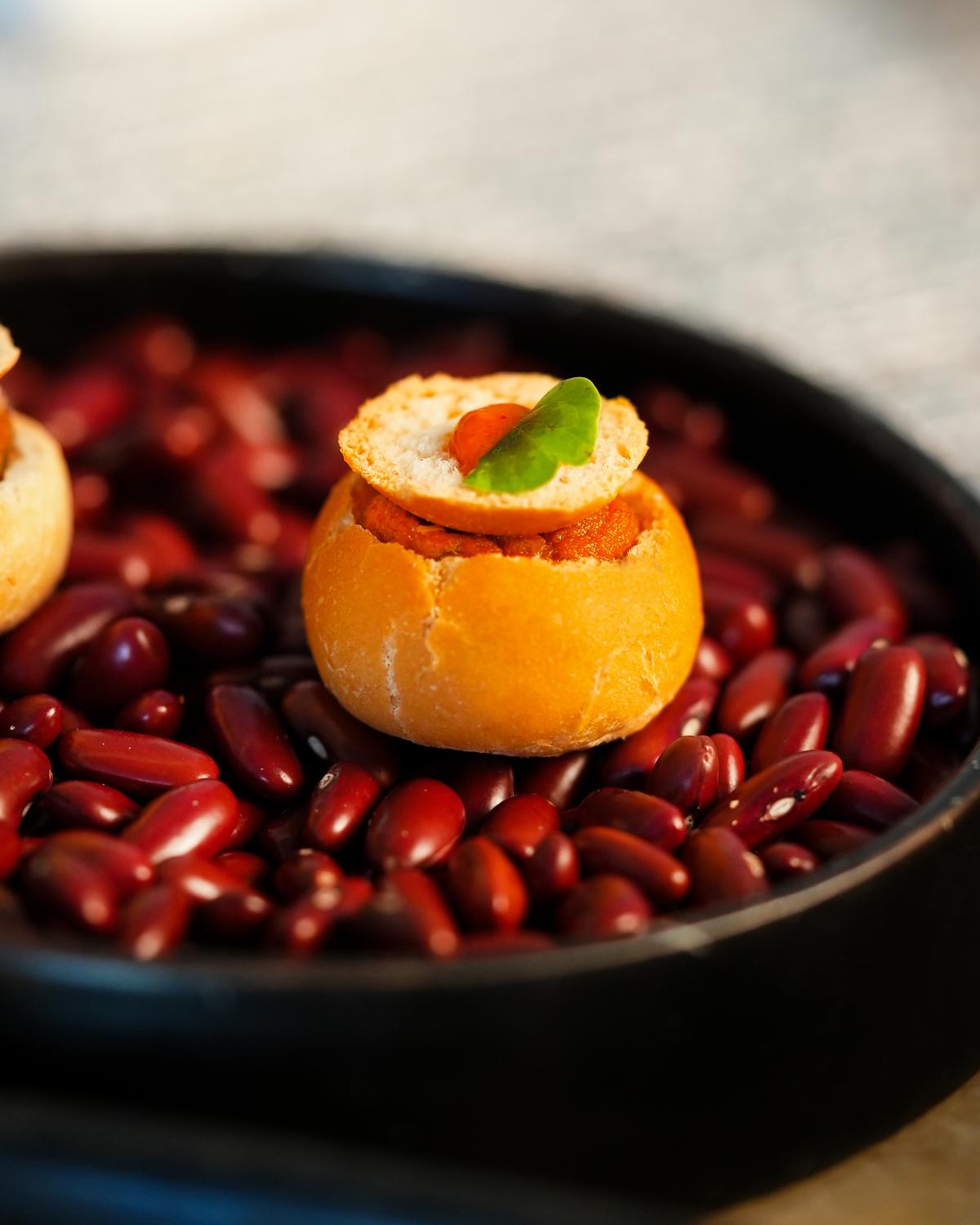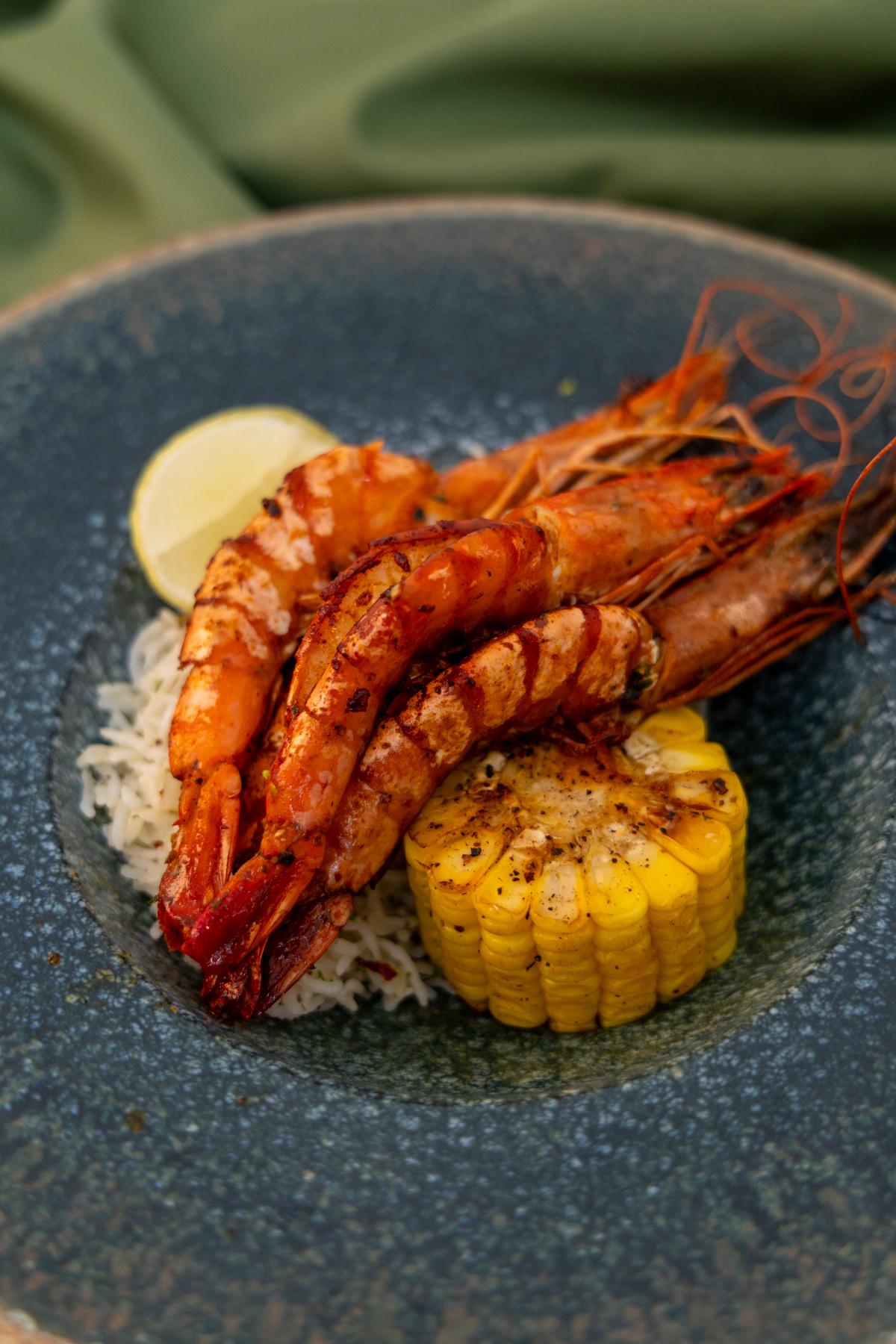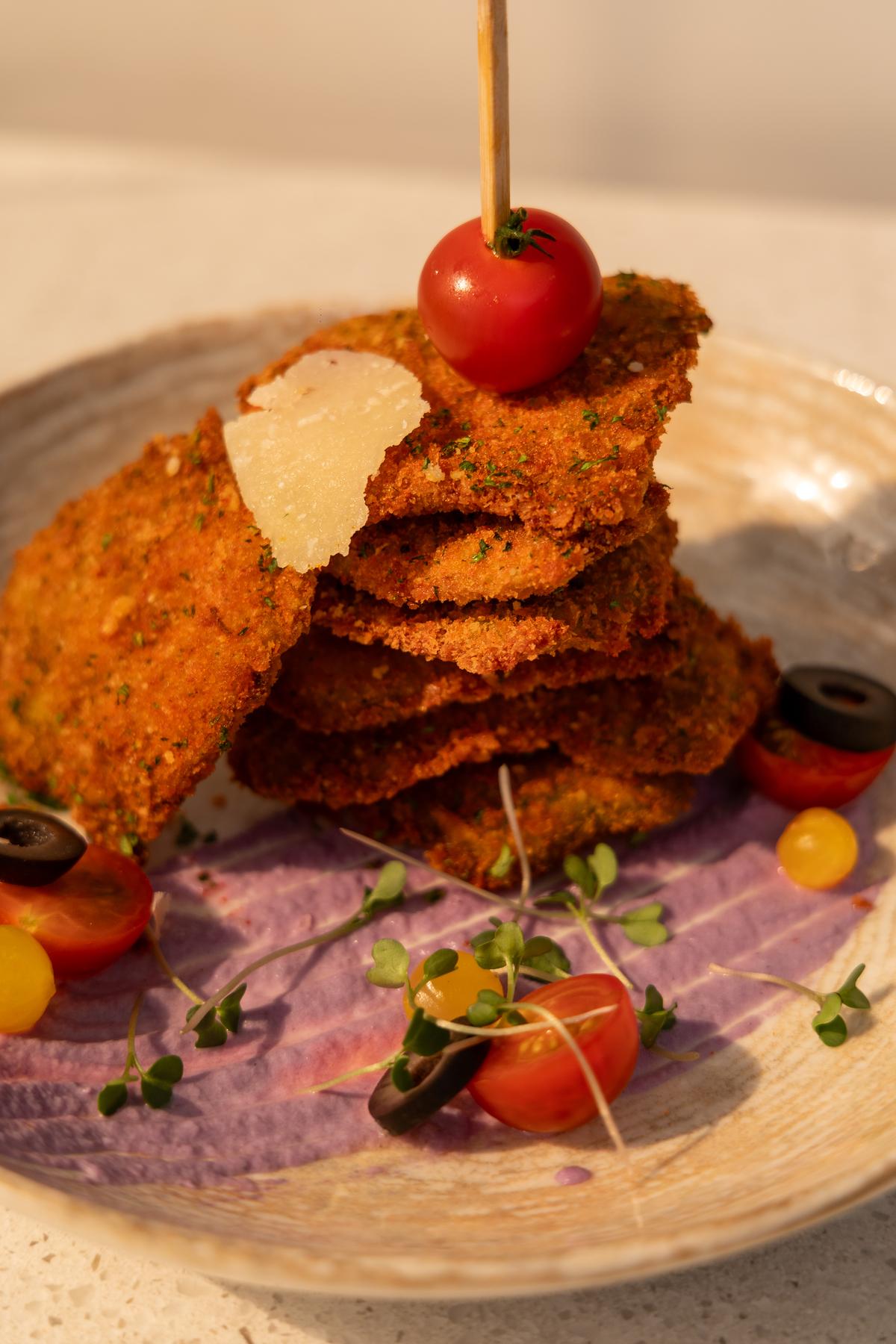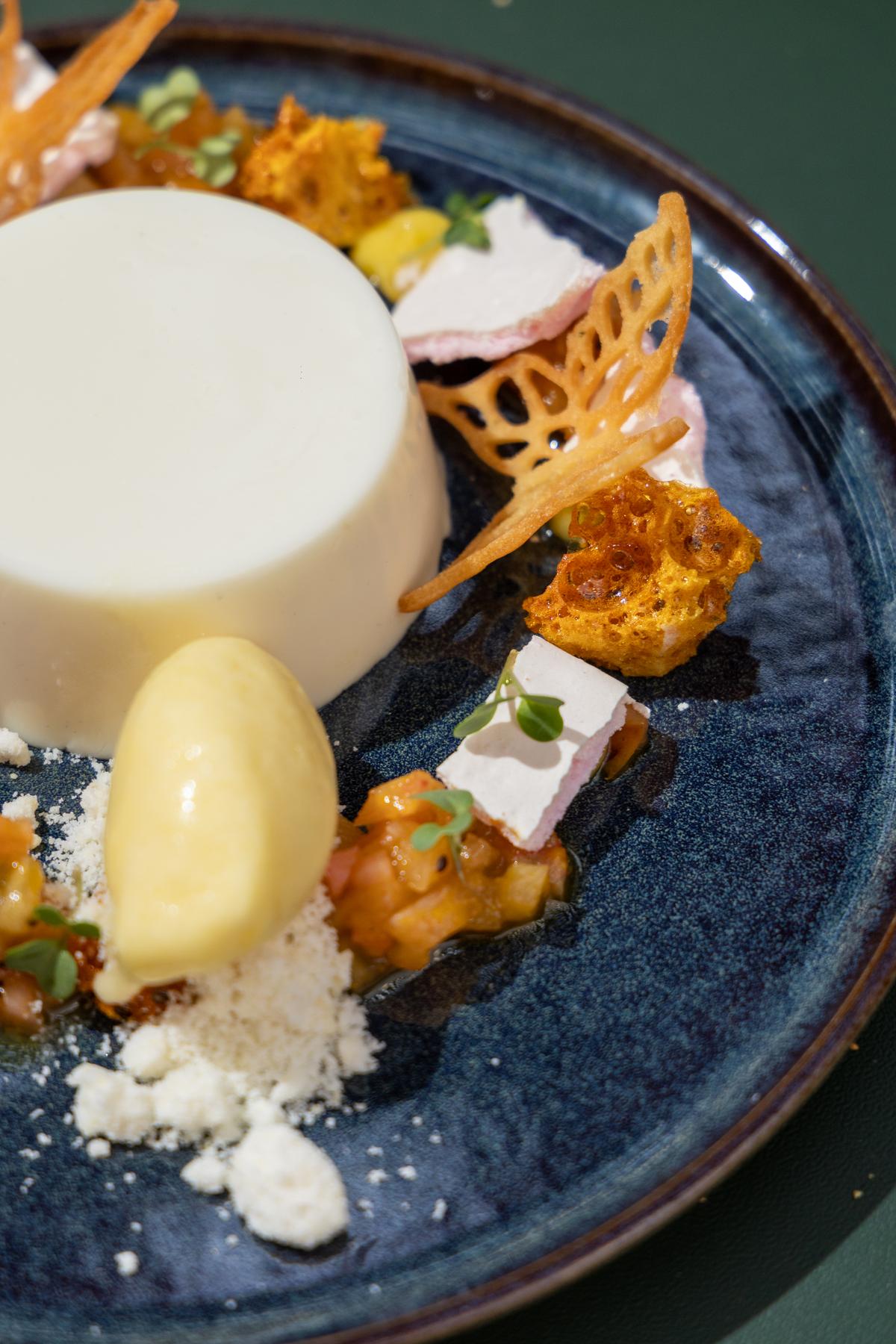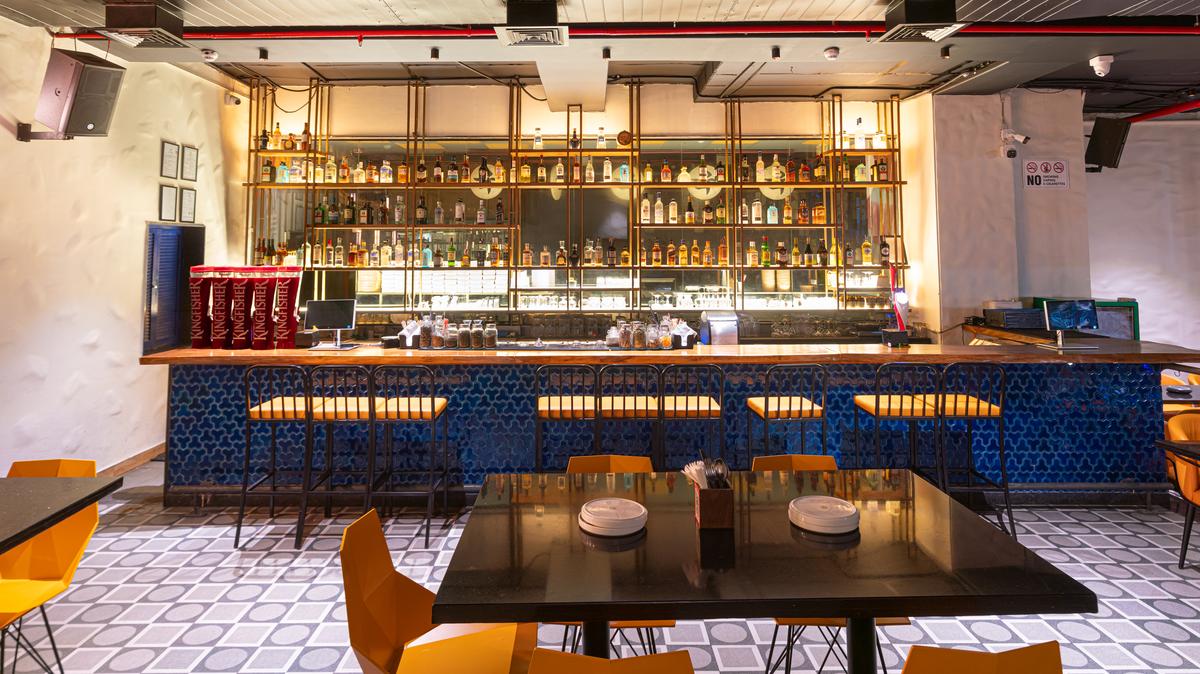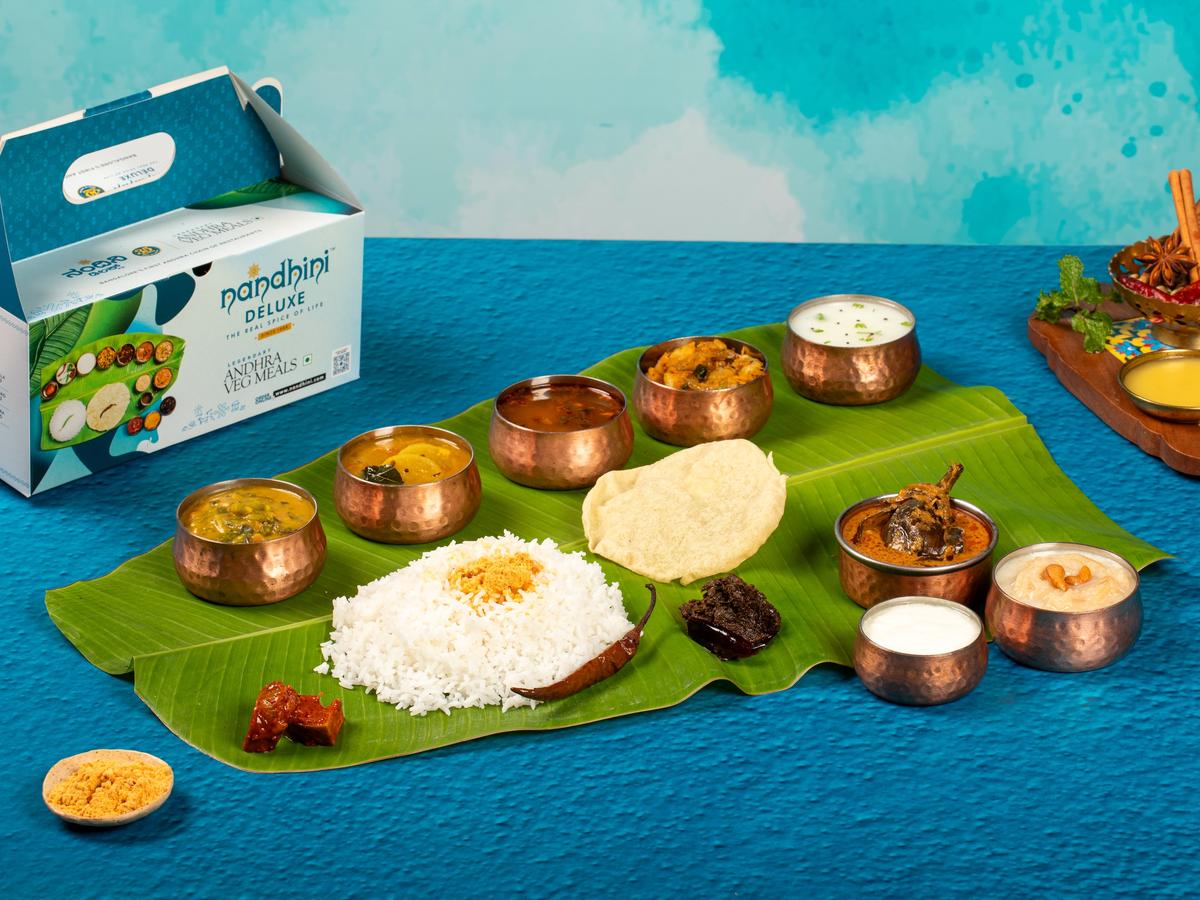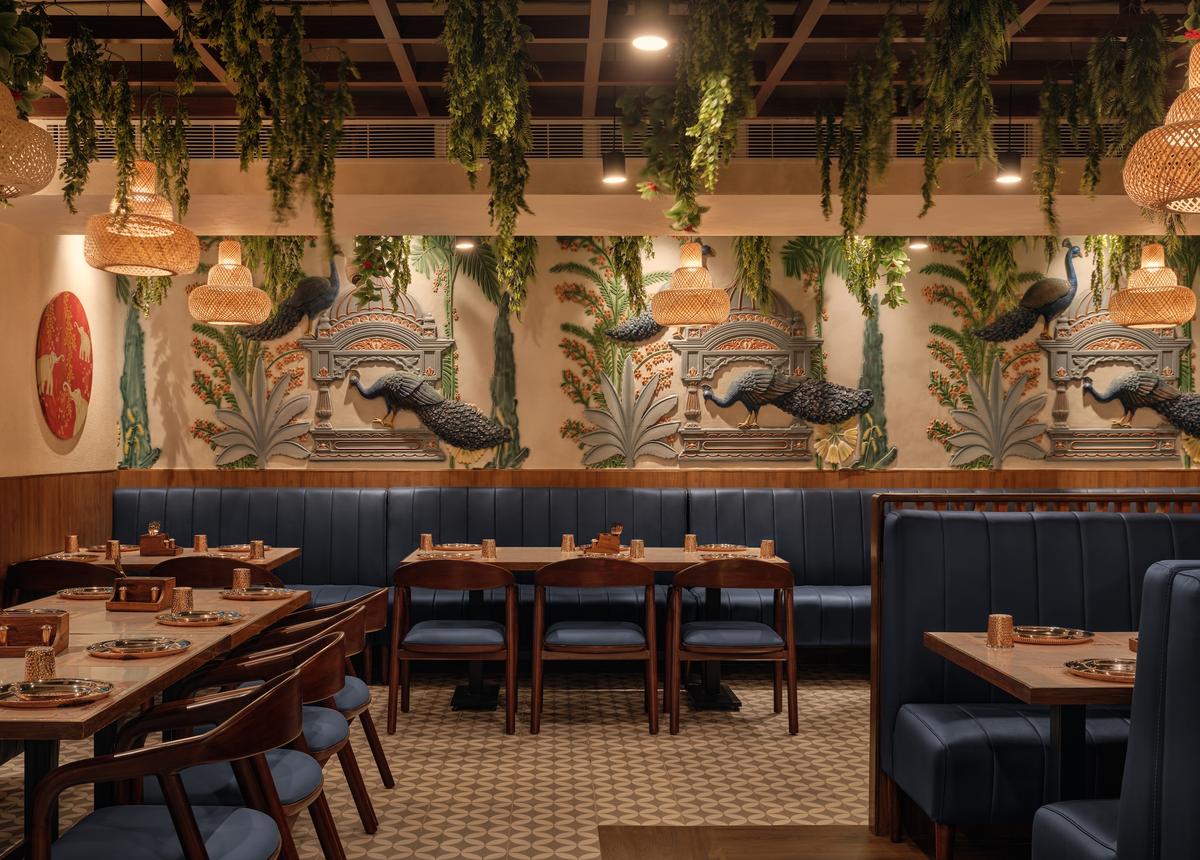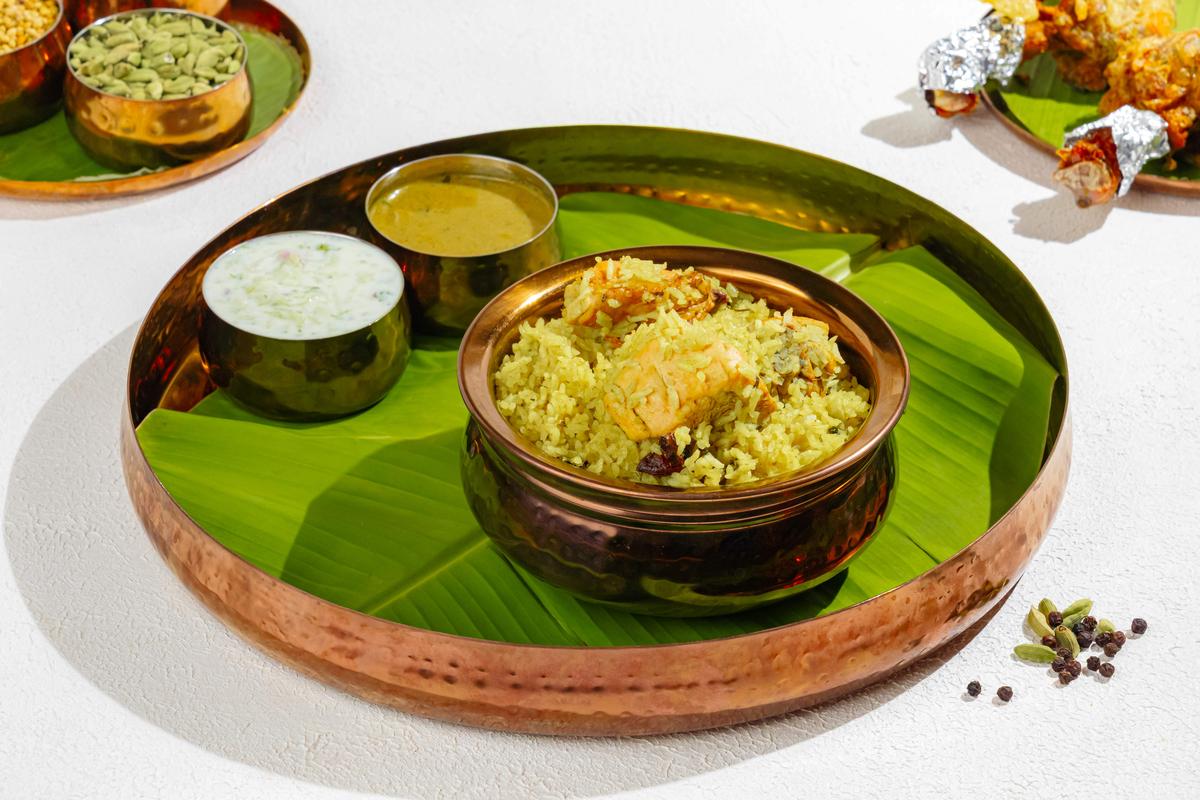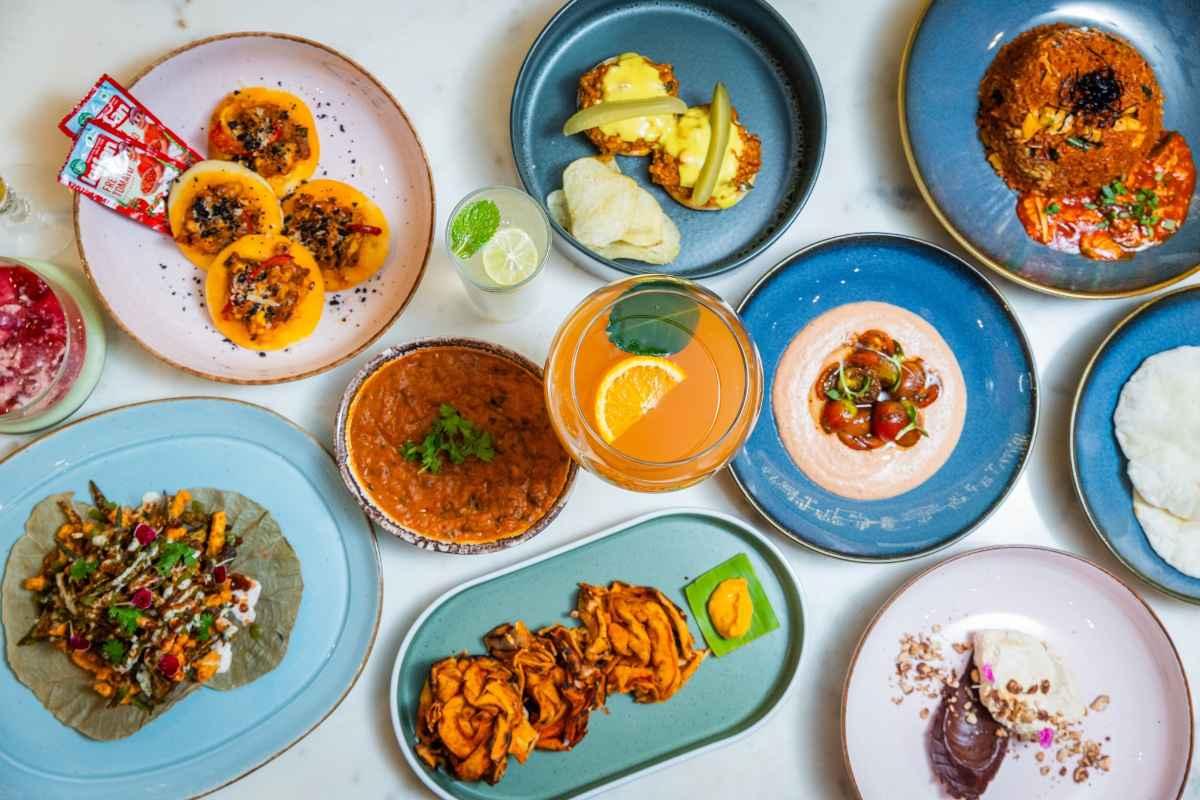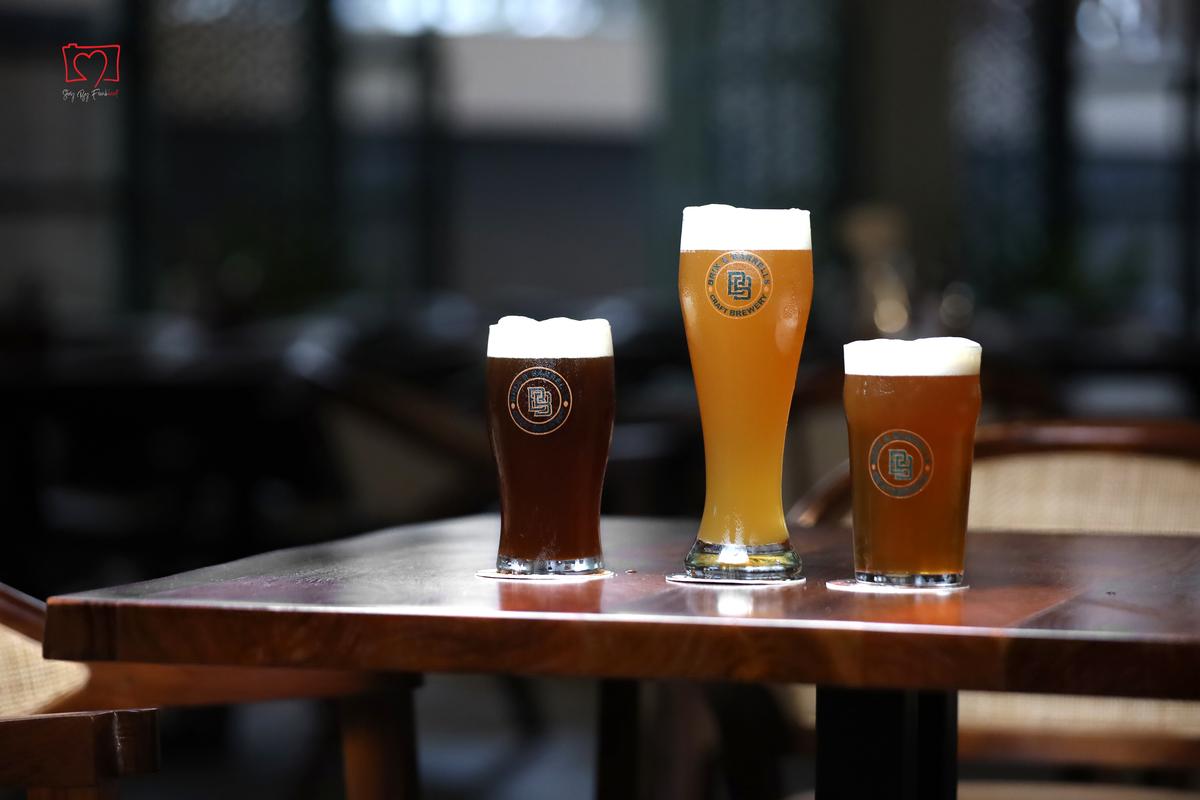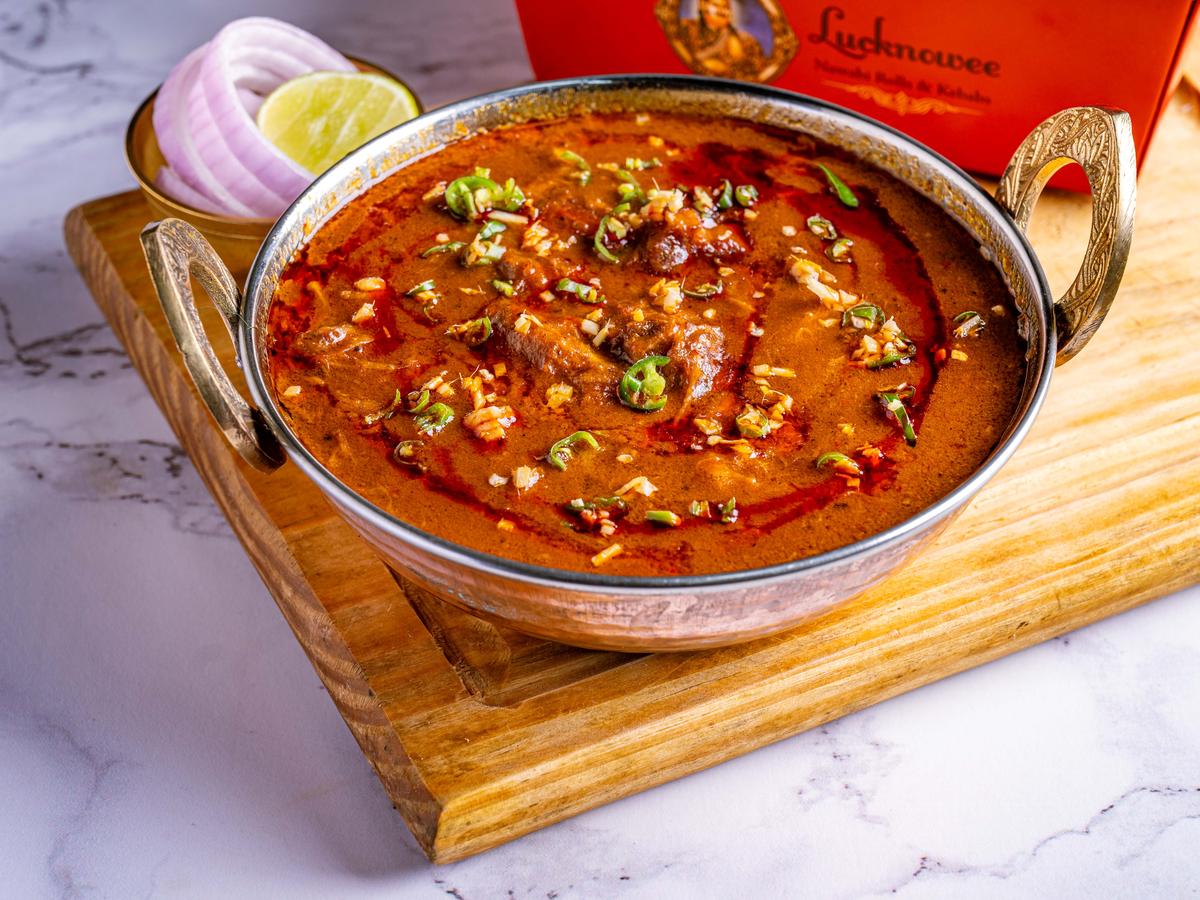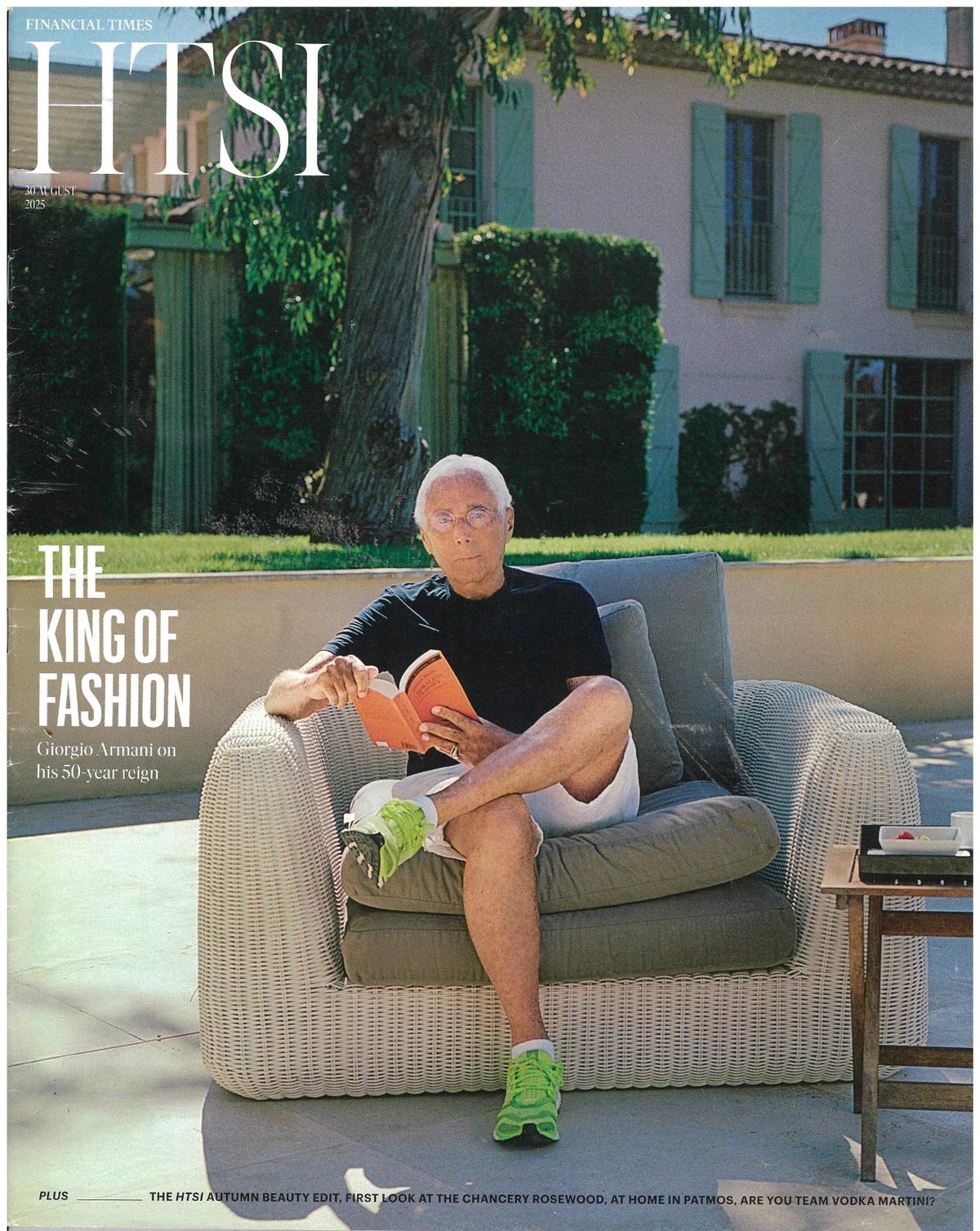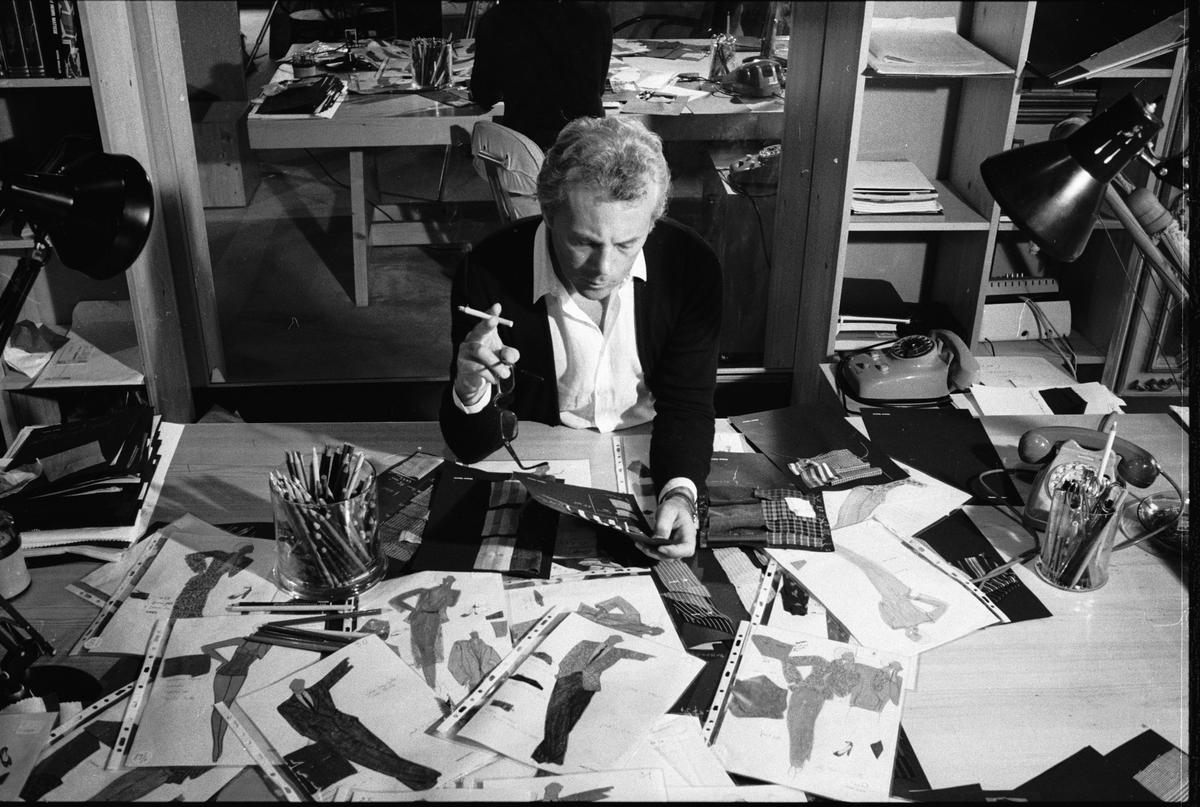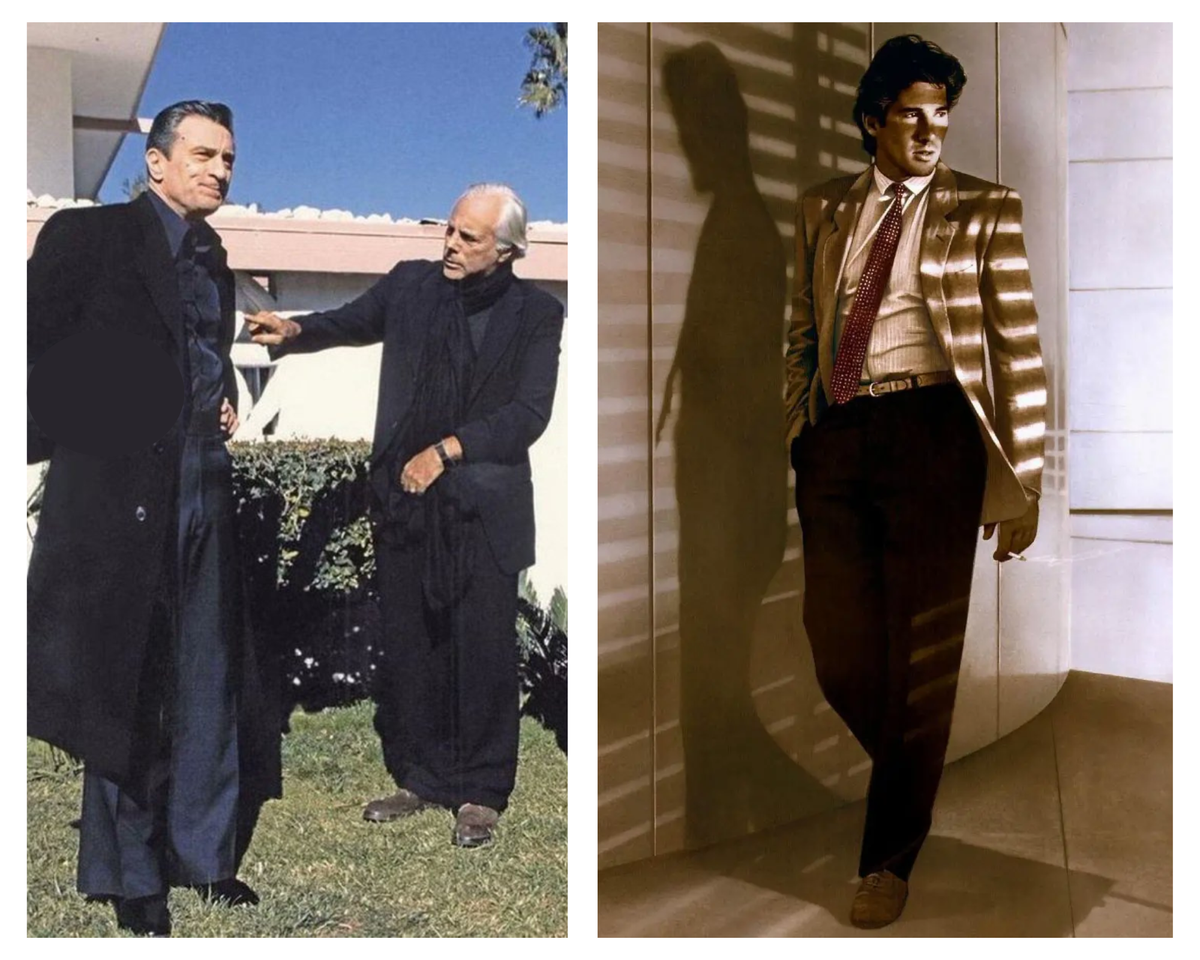When TVS Motor Company rolled out the NTORQ back in 2018, it changed the way we looked at scooters in India. This was not just another 125cc runabout. It was sporty, connected, and resonated instantly with a younger audience that demanded more than just an everyday commuter. It set a benchmark.
Fast forward to 2025, and TVS has gone back to the drawing board with an all-new offering — the NTORQ 150. Billed as India’s first hyper sport scooter, this machine aims to reset the bar again. After spending a full day riding it flat-out around TVS’s own test track at Hosur, I can say this is not just marketing talk. The NTORQ 150 feels every bit the game-changer it claims to be.
Aggression in motion
Visually, the NTORQ 150 is still very recognisable, but it takes a giant leap in terms of form. The design follows an arrowhead-inspired silhouette, with a forward-biased stance that looks fast even at a standstill. The floating seat design adds a sense of motion, while the bold contrast tail and sharp liveries underline its sporty intent.

TVS NTORQ 150
| Photo Credit:
Special Arrangement
A headline feature here is the aero winglets at the front — a first for any scooter in India. They are not a gimmick either. With the engine mounted at the rear, the NTORQ 150 carries a natural rearward weight bias. The winglets generate downforce at speed, improving stability and giving this scooter real engineering credibility.
Lighting has also been moved up a notch. The sports quad projector headlamps are futuristic in design and superior in function. No other scooter in the segment offers this. At the rear, TVS has reinterpreted its signature ‘T’ light motif, giving the NTORQ a unique identity after dark. Fit, finish, and textures across panels add a premium feel, something that should strike the right chord with Gen Z riders.
Built for speed
Under the bodywork sits a 149.7cc engine delivering 9.7 kW at 7000 rpm and 14.2 Nm at 5500 rpm. Numbers aside, the way this engine puts down power is the real story. The scooter can hit 104 km/h at the top end, but the bigger bragging right is the 0–60 km/h sprint in just 6.3 seconds — the quickest in its class.

TVS NTORQ 150
| Photo Credit:
Special Arrangement
Power delivery is flat across the rev range, with punchy low-end torque that makes darting through city traffic effortless, and enough mid-range to keep things exciting on open roads or a racetrack. Two riding modes are on offer: Street, with intelligent start-stop for efficiency, and Race, which unleashes full performance. Adding to the thrill is iGo assist, which delivers a torque boost when you crack open the throttle suddenly — like torque-on-demand.
The CVT transmission has been reworked for crisper responses, while NVH levels are significantly improved over the outgoing NTORQ. Safety is not an afterthought either. The 150 gets Bosch Intelligent ABS and traction control, which actively monitor slip and keep things in check. Grip comes courtesy of high-performance Remora tyres, which make the scooter feel planted and precise through fast corners.
Nimble, agile, stable
Scooters are not typically machines you associate with apex-hunting, but the NTORQ 150 rewrites the script. The chassis is taut yet forgiving, delivering sharp turn-in and excellent composure even when you are pushing hard. The aero work and chassis tuning pay dividends at high speed — stability is rock solid.

TVS NTORQ 150
| Photo Credit:
Special Arrangement
The riding posture strikes a sweet balance: sporty, but without being aggressive. A thoughtful touch is the inclusion of 3-step adjustable brake levers, a feature normally seen on premium motorcycles, allowing riders to tailor ergonomics to their preference.
Confidence on any surface
At 115 kg, the NTORQ 150 is impressively light for the performance it packs. This makes it both accessible to new riders and entertaining for the experienced. Suspension tuning gives it a wide bandwidth — playful when you want to flick it around, yet stable and composed as the speeds climb. With 155 mm of ground clearance, it is also surprisingly well suited to India’s less-than-perfect roads.
On the Hosur test track, lap after lap, the NTORQ never felt out of its depth. It is the kind of scooter that eggs you on to ride harder, and that in itself is rare in this segment.
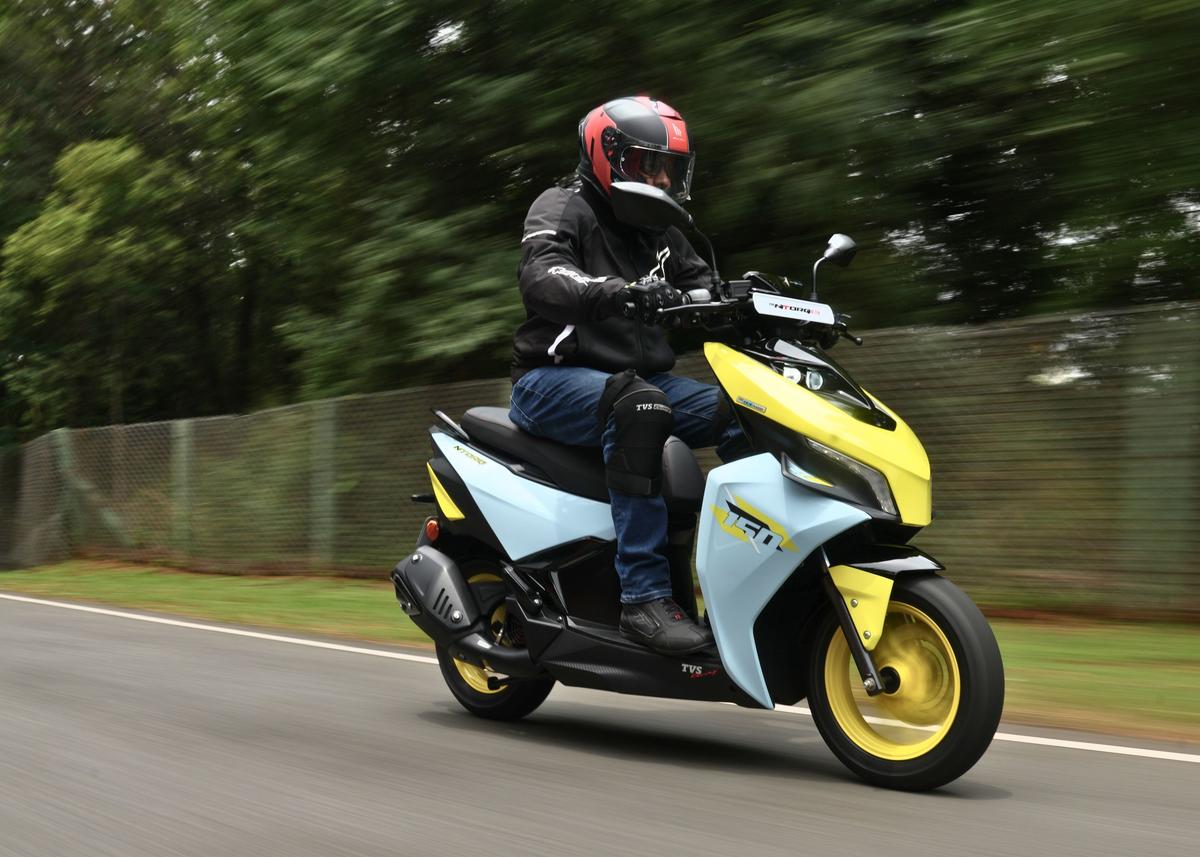
TVS NTORQ 150
| Photo Credit:
Special Arrangement
Smarter than ever
TVS pioneered the connected scooter concept in India, and the NTORQ 150 pushes it further. The cockpit is dominated by a gaming-console-inspired 5-inch TFT display, powered by the latest TVS SmartXonnect platform.
It is compatible with Alexa, Android, and Apple smartwatches, and the range of data on offer goes well beyond the basics — from fuel stats and trip meters to detailed ride analytics. It is the perfect blend of performance-oriented telemetry and everyday practicality, making it a natural fit for tech-savvy Gen Z riders.
Engineering details and reliability
TVS has also worked on subtle engineering refinements. The NTORQ 150’s intake system draws cleaner air, improving combustion efficiency and extending engine life by reducing wear. It is not the kind of detail you’ll see on a spec sheet, but it matters over long-term ownership.

TVS NTORQ 150
| Photo Credit:
Special Arrangement
That said, not everything is perfect. The extensive use of piano black plastics on the front end looks premium when new, but will inevitably attract scratches, dust, and fingerprints. It has a finish that will show its age before the scooter does.
Who is it for?
The NTORQ 150 is clearly aimed at young professionals in their 20s who want a two-wheeler that matches their lifestyle. It is quick, stylish, loaded with tech, and practical enough for everyday duties. In short, it is a scooter that blends thrill, style, and convenience in one package.
Verdict
TVS has delivered on its promise. The NTORQ 150 is not just a bigger NTORQ — it is a bold new statement. It looks aggressive, rides fast, corners with confidence, and brings in premium motorcycle-level features that elevate the experience.

TVS NTORQ 150
| Photo Credit:
Special Arrangement
Yes, there are scooters that are cheaper and more utilitarian, but none that offer this level of performance, design innovation, and technology in one package. If the 2018 NTORQ defined the sporty scooter, the 2025 NTORQ 150 defines the hyper sport scooter.
With prices starting at ₹1.19 lakh (ex-showroom), it is not just another launch — it is a signal that performance scooters in India have well and truly arrived.
Motorscribes, in association with The Hindu, brings you the latest in cars and bikes. Follow them on Instagram on @motorscribes

